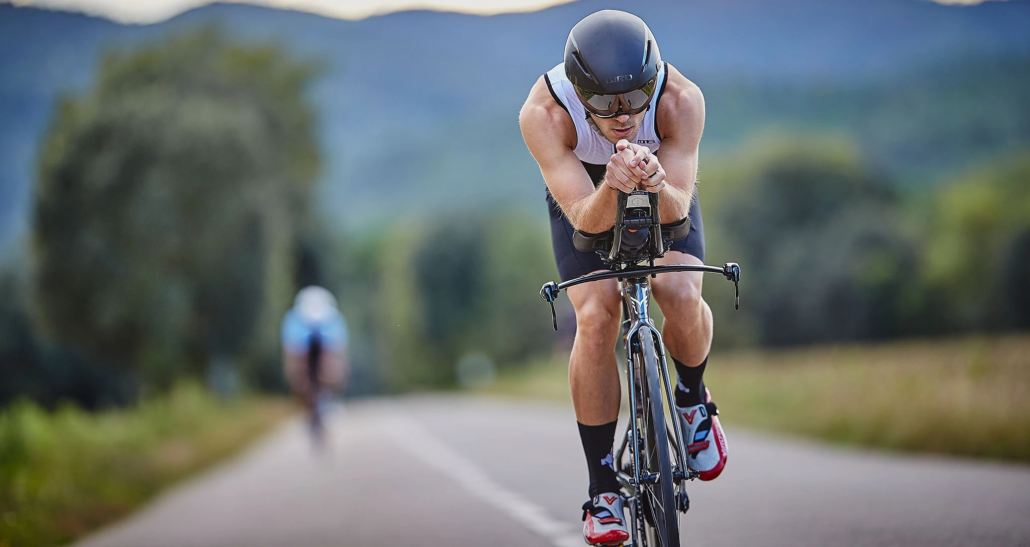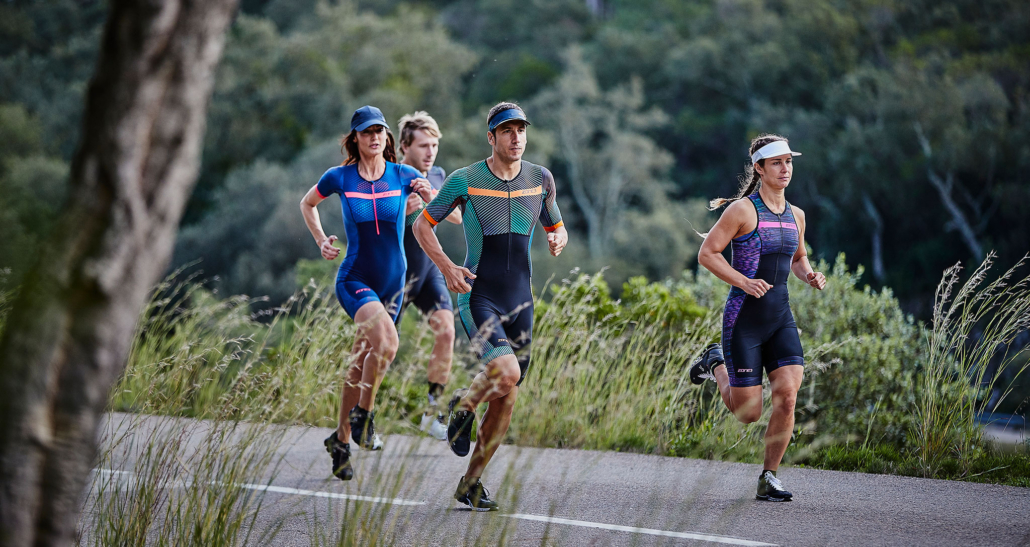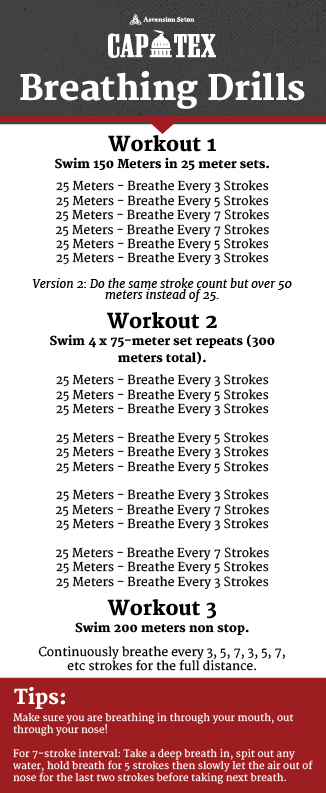Common Mistakes Triathletes Make and How to Avoid Them
The dynamic nature of triathlon makes it special and challenging at the same time. Triathlon races demand a lot of agility. There are common mistakes that triathletes make while going for this thrilling event. Due to these mistakes, the path to perfection may seem full of pitfalls. In order to avoid these mistakes, you need to identify them. That’s why we have prepared a list of some common mistakes made by triathletes while training and the ways to avoid them
Lack of proper training plan and schedule
Triathlon is an amalgamation of three events i.e. swimming, cycling, and running. It requires a lot of effort. But the effort needs to be channeled in the right direction. Doing bits and pieces of everything every day is not going to help.
Triathletes need to realize their strong zones and take note of their weak points. Based on these observations proper training schedules should be prepared. The focus should be given to both individual and integrated training of the events.
Exhaustive training sessions
Sometimes triathletes go through exhaustive endurance training. They try to stretch the limit of their body. This increases their time spent on training but rather than constructive fitness for triathlon, it results in fatigue.
Take the hints from the days when you are extremely exhausted. Understand the limitations of your body. When tired, rest or go for low-intensity training sessions.
Setting unachievable goals
After only a few weeks of training, some triathletes tend to come under peer pressure and set tough goals for themselves. They even try to imitate the training schedules of professionals.
Try to avoid such instances and focus on your own growth curve. Do not sign up for races on close dates. This may exhaust you, give your body some time to recover. Observe yourself and see how you are becoming better day by day.
An inadequate period of rest
Many people fail to understand that the period of rest is the time when the body adjusts to the stimuli created by training.
Appreciate the physiological need for rest and do not over-train yourself. Maintain a good sleep cycle. Keep yourself relaxed. Give your body some time to recover and adapt to the changes.
Not being familiar with the rules
New triathletes may not be well versed with the rules of triathlon events. Sometimes people avoid the pain of going through all the rules.
But rules are an important part of every sport. Triathletes should familiarize themselves with the rules of the race beforehand. Plus make sure all the components of the racecourse are in your immediate vision.
Improper diet and hydration
The body requires proper nutrition for adapting to the training schedule. Some triathletes try trendy diets with food alternatives and neglect their fundamental diet.
Take care of your food habit. Do not skip meals, eat healthily. If you will take care of your body, it reward you by enhancing your performance. Consuming sufficient water and electrolytes is also essential.
Underestimating transition training
By completing the transitions swiftly, you can save a lot of time. Transition training is a very tactical aspect of triathlon. But a lot of triathletes do not pay much attention to it. This in turn adds a few minutes to their timing.
Reducing a few seconds from your timing by pacing up on the track may take months of training and huge efforts. Transition training can reduce minutes from your timing just by using some trivial strategies. That’s why you should never forget to train yourself for the transitions.











